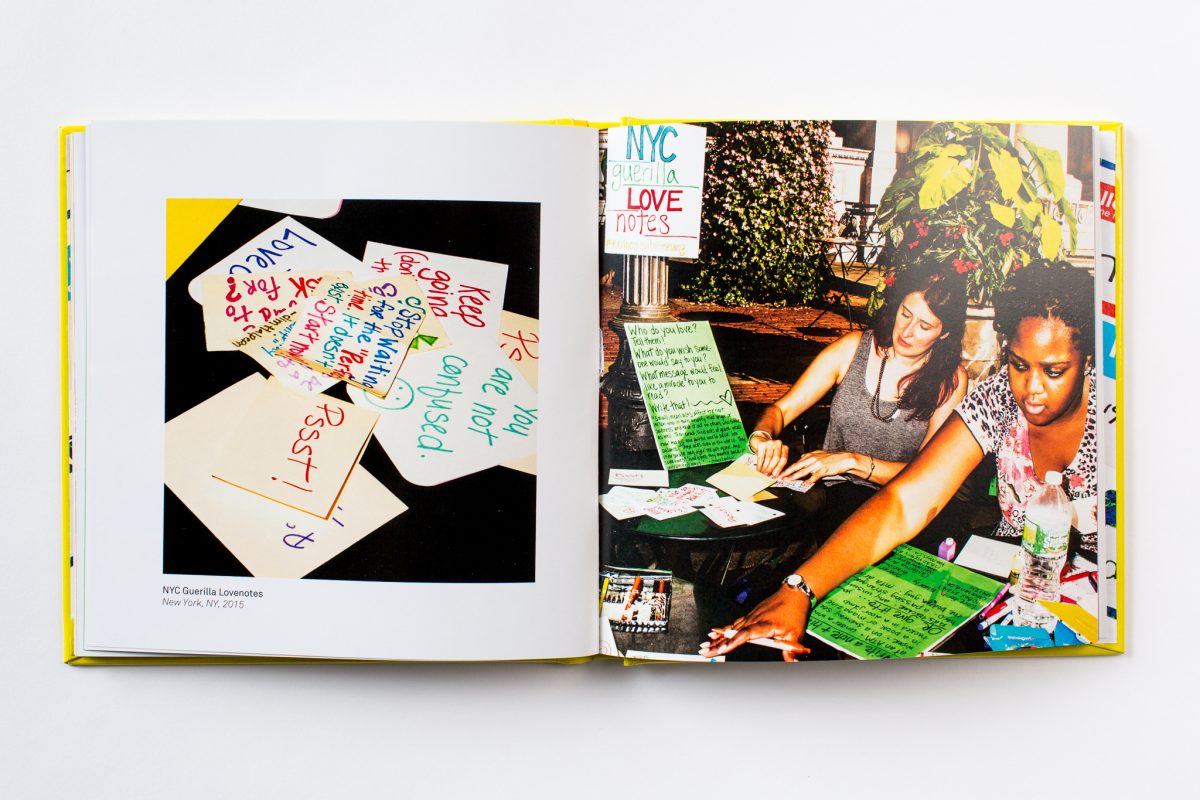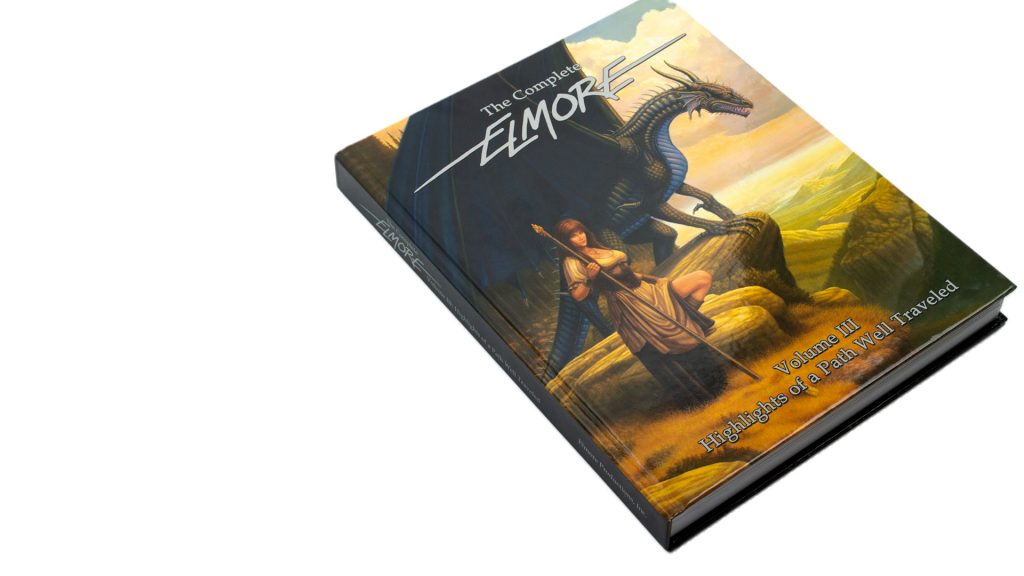What Makes a Great art book? Discover the Core Elements
What Makes a Great art book? Discover the Core Elements
Blog Article
Unveiling the Keys of Successful Art Book Printing Techniques for Creative Professionals
When it pertains to creating an art book, every information matters. You need to consider paper choice, binding choices, and shade precision. It's not just about visuals; it's about just how your work reverberates with the audience. The options you make can raise your task or decrease it. What are the essential methods that can guarantee your art book stands out in a crowded market? Let's explore these essential components further.
Understanding the Significance of Paper Choice
When it concerns art book printing, paper option is important for attaining the preferred visual effect. The sort of paper you select can greatly affect exactly how colors show up, textures feel, and just how your artwork resonates with visitors. You'll intend to review factors like weight, finish, and illumination. Larger papers can offer a glamorous feeling, while lighter ones may improve transportability.
A shiny finish can make shades pop, while a matte surface may offer an extra controlled, artistic ambiance. In addition, don't neglect the value of acid-free paper to assure durability and stop yellowing in time.
Examination examples prior to settling your option; this'll help you see how your art communicates with different documents. Inevitably, the appropriate paper can raise your art book from ordinary to remarkable, making a long-term impression on your target market.
Checking Out Binding Choices for Art Books
As you immerse on your own in the globe of art book printing, exploring binding choices is necessary for bringing your vision to life. The choice of binding effects not only the aesthetics but additionally the performance of your book. For a smooth and modern appearance, think about best binding, which permits for a flat back and easy readability. If you desire an even more responsive experience, try saddle sewing, which is terrific for thinner books and keeps expenses down.
If your book consists of one-of-a-kind components, like fold-outs or mixed media, lay-flat binding may be your ideal bet, permitting pages to open up completely without losing content. Select wisely, and your binding will certainly improve the overall influence of your art book.
Understanding Color Precision in Print

When preparing your documents, transform pictures to the CMYK shade setting, as this is what printers use. Bear in mind color spaces; Adobe RGB provides a bigger range than sRGB, but it's important to convert to CMYK prior to publishing to avoid shocks.
Examination prints are indispensable; they allow you see how shades equate to paper. Make changes based upon these proofs. Lastly, communicate with your printer regarding your color assumptions-- partnership can cause magnificent results. With attention to detail, you can achieve dynamic, true-to-life colors in your art book.
Guaranteeing High Image Resolution for Top Quality
To ensure your art book records the magnificent detail of your pictures, high image resolution is essential. Go for a minimum of 300 DPI (dots per inch) for suitable quality. This ensures that every information in your art work shows up crisp and vibrant, enabling your readers to value the nuances of your creative thinking.
When preparing your photos, constantly begin with the greatest resolution feasible. If you're scanning art work, utilize a top notch scanner and pick the proper setups. If you're making use of digital files, make sure they're saved in layouts like TIFF or PNG, which maintain image high quality far better than JPEGs.
Likewise, take into consideration the final size of your photos in print. A photo that looks fantastic on your display might not convert well to print if it's too tiny. By concentrating on high photo resolution, you'll create an expert art book that showcases your operate in the very best light.
The Role of Layout and Layout in Art Books
While crafting an art book, the design and layout play an important role in enhancing the visual experience. You desire your target market to look here engage with your work, and a thoughtful layout can direct their trip with the web pages. Think about the balance in between message and images; way too much text can bewilder, while also little may leave your message vague.
Usage whitespace effectively to give your artwork breathing space, enabling each piece to beam. Think of the circulation of the web pages-- exactly how each picture interacts with the next. This can produce a story that pulls visitors in and maintains them mesmerized.
Do not neglect typography! Choosing the appropriate typefaces can complement your art work and enhance your style. Make certain your layout lines up with the total theme of your book, creating a cohesive experience. With mindful focus to design and layout, your art book can become a stunning visual narrative that resonates with your target market.
Choosing the Right Printing Strategy
The right printing technique can significantly impact how your art book is viewed and experienced. You'll desire to assess variables like the kind of paper, color fidelity, and binding alternatives. great post to read Digital printing is best for brief runs, providing fast turn-around times and vibrant colors that bring your artwork to life. If you're aiming for a bigger volume, offset printing may be your best option, supplying superior quality and more economical pricing per device.

Budgeting for Art Book Production
Budgeting for art book manufacturing is crucial, and getting a clear image of your expenditures can conserve you from unforeseen expenses later. Begin by specifying your budget, considering all elements like style, printing, and distribution. Research study printing choices to discover one that fits your quality and amount requirements without breaking the financial institution.
Don't neglect to consist of costs for materials, such as paper and ink, in addition to any kind of additional attributes like embossing or specialized coatings. Consider design costs, whether you're doing it on your own or employing a professional. Account for marketing and promotion, as they're vital for reaching your audience.

Frequently Asked Questions
What Are the very best Printers for Art Book Projects?
When choosing printers for your art book jobs, take into consideration top notch inkjet designs like Canon or Epson. They provide dynamic colors and sharp information, guaranteeing your artwork attracts attention perfectly on every web page.
How Do I Prepare My Declare Printing?
To prepare your apply for printing, warranty you've set the appropriate resolution, color setting, and data format (art book). Do not neglect to consist of bleed and crop marks, so your art work publishes flawlessly with no undesirable borders
What Is the Ordinary Turn-around Time for Art Book Printing?
The standard turn-around time for art book printing varies, yet you can typically expect it to take in between two to 4 weeks. Factors like intricacy and volume can affect this timeline, so plan as necessary.
Can I Print Art Books in Small Quantities?
Yes, you can publish art books in tiny quantities. Many printing services use short-run alternatives, enabling you to generate minimal editions without high in advance prices. This adaptability helps showcase your work while taking care of budget plan restrictions successfully.
What Are Usual Mistakes to Avoid in Art Book Printing?
When printing art publications, stay clear of common blunders like inadequate file resolution, overlooking color calibration, and ignoring to proofread. Additionally, do not underestimate the relevance of choosing the right paper and binding strategies for your job.
Report this page